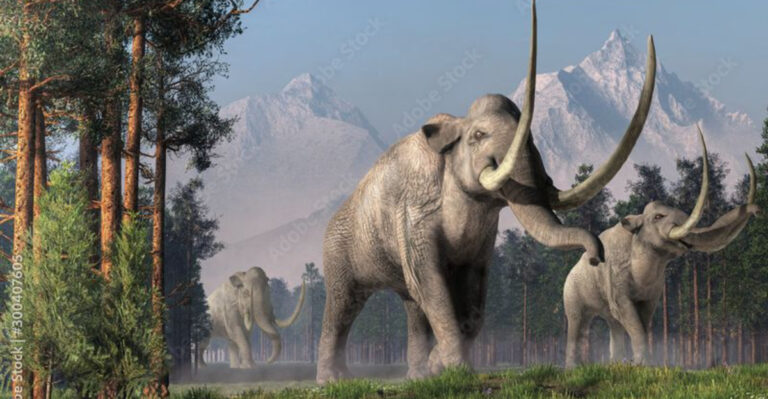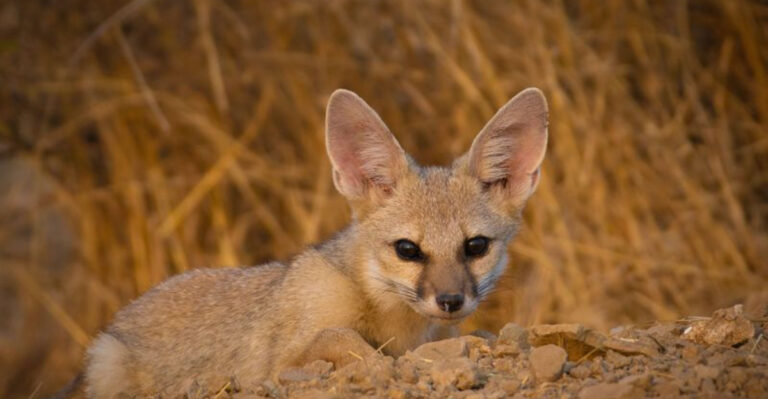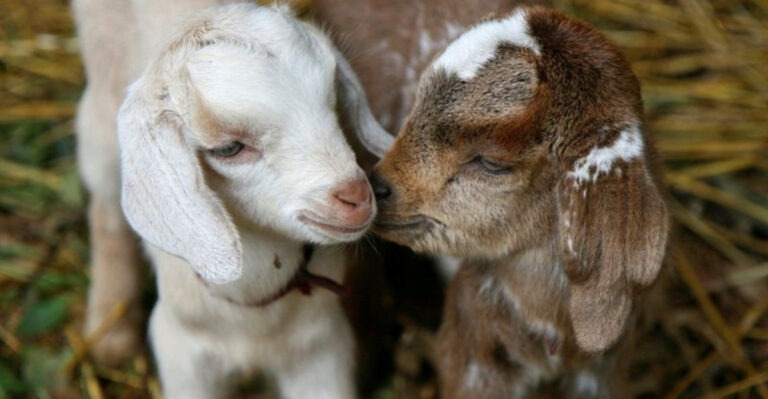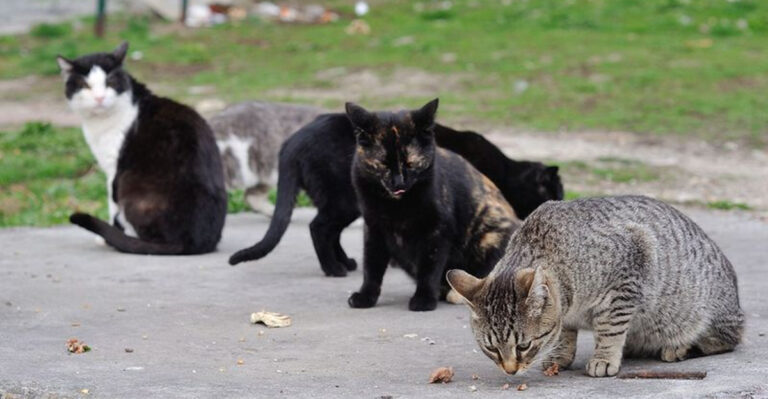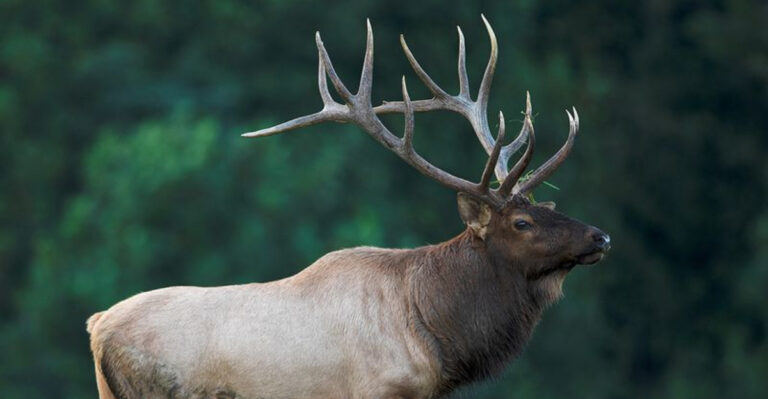10 Amazing Creatures That Were Once Giants (And 5 That Have Always Stayed Tiny)
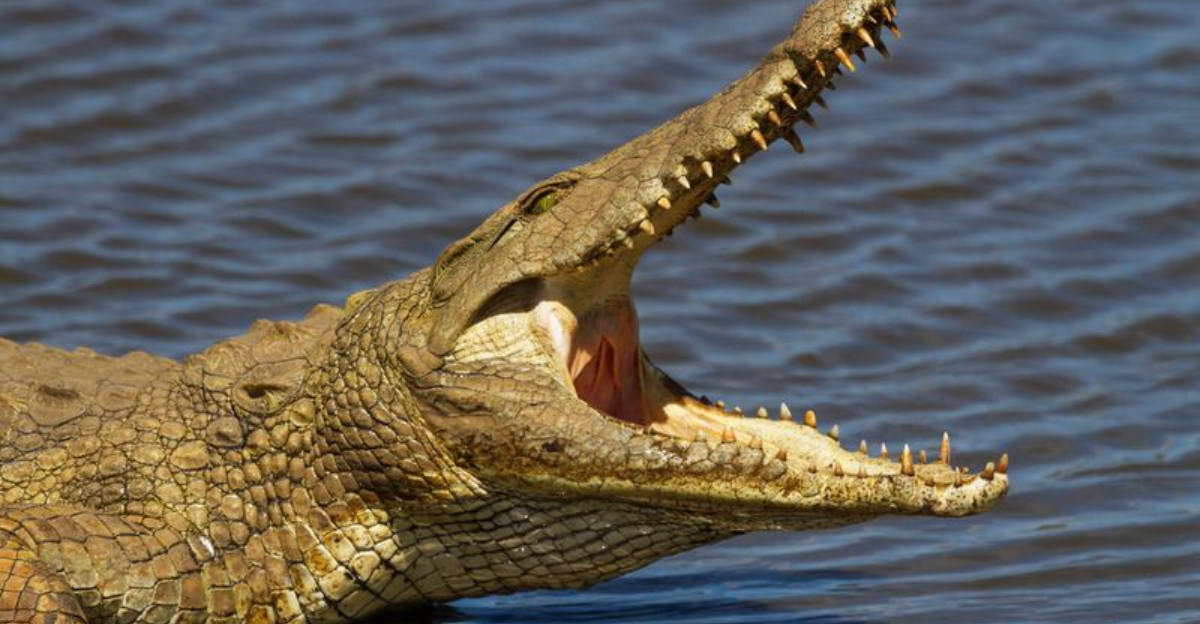
Ever wonder why some animals today aren’t as impressive as their ancestors? Mother Nature has a fascinating way of scaling creatures up and down throughout history. Meanwhile, some tiny critters have maintained their diminutive size for millions of years, proving that sometimes, staying small is the perfect survival strategy.
1. Dragonflies: From Helicopter-Sized To Garden Visitors
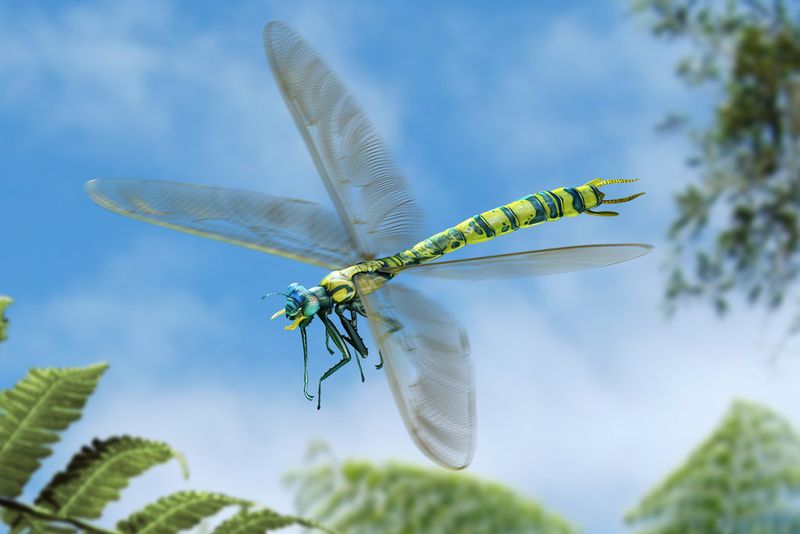
Ancient dragonflies boasted wingspans of 2.5 feet—roughly the size of a hawk! These Carboniferous period giants zoomed through prehistoric skies 300 million years ago when higher oxygen levels supported their massive bodies.
Today’s descendants measure a modest 4 inches at most. Despite shrinking dramatically, modern dragonflies remain aerial acrobats, snatching mosquitoes mid-flight with nearly 95% hunting success rates – making them nature’s most efficient predators.
2. Millipedes: From Snake-Length To Pocket-Sized
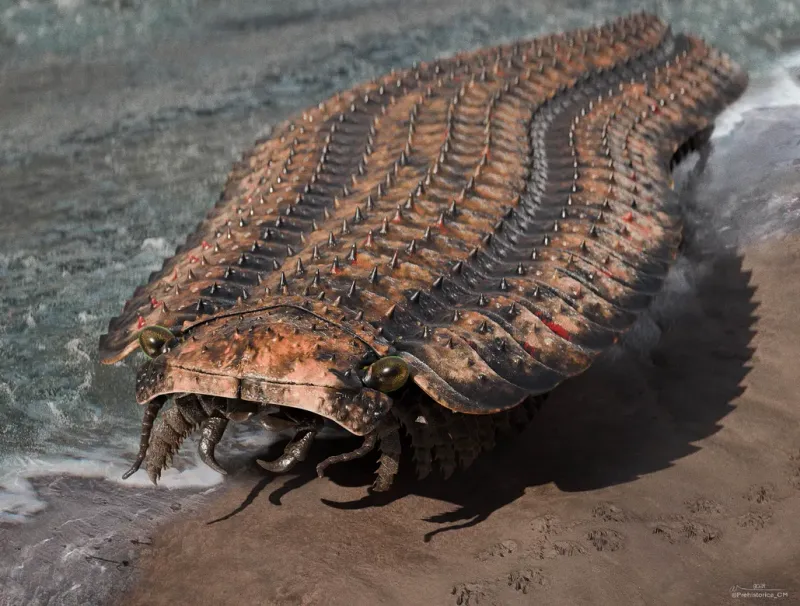
Arthropleura, the granddaddy of millipedes, stretched an astonishing 8 feet long during the Carboniferous period. Picture a millipede the length of your sofa crawling through ancient forests!
These gentle plant-eaters thrived when oxygen levels were higher than today. Modern millipedes rarely exceed a few inches, having downsized dramatically over 300 million years. Their segmented design remains virtually unchanged—just considerably more compact.
3. Penguins: From Human-Height To Tuxedo Waddlers
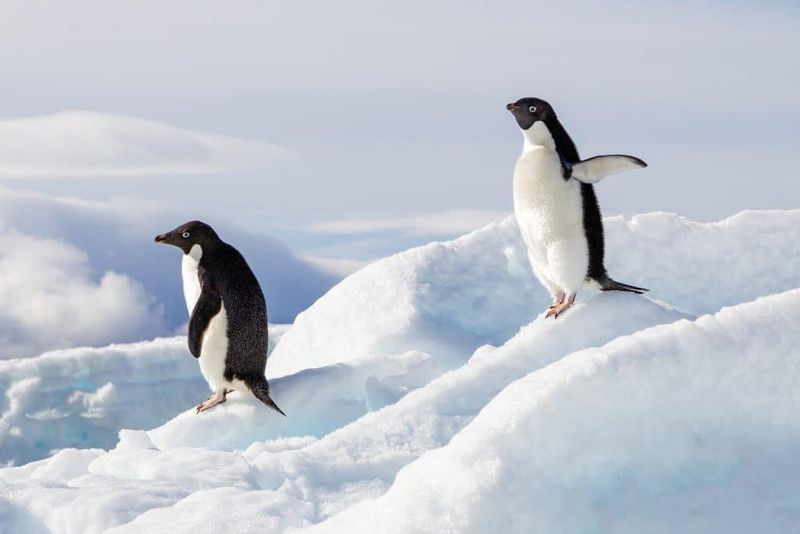
Kumimanu biceae waddled Antarctica’s shores 60 million years ago standing nearly 6 feet tall—eye-to-eye with an average man! These colossal penguins weighed approximately 220 pounds, making today’s Emperor penguins look positively petite.
Scientists believe these giants evolved after dinosaurs vanished, filling empty ecological niches. Climate shifts and competition gradually favored smaller species. Modern penguins sacrificed size for improved swimming efficiency, trading intimidating stature for the streamlined bodies we adore today.
4. Sloths: From Elephant-Sized To Hanging Homebodies
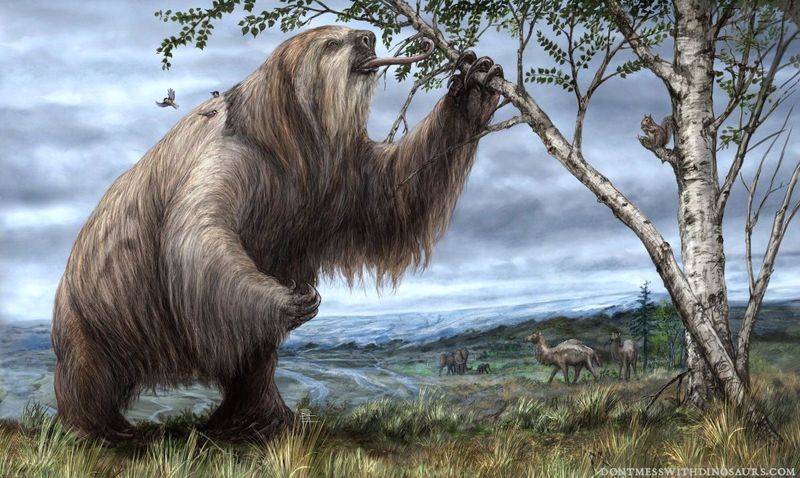
Ground sloths once rivaled elephants in size! Megatherium, the most impressive species, stood 20 feet tall on hind legs and weighed up to 4 tons. Unlike today’s tree-dwellers, these giants roamed the Americas until just 10,000 years ago.
Humans likely hunted these lumbering herbivores to extinction. Modern sloths, weighing a mere 10-20 pounds, adapted by retreating to treetops where their slow metabolism became an advantage. Their evolutionary journey transformed them from ground-dwelling behemoths to canopy-living specialists.
5. Sharks: From Bus-Length To Reef Predators
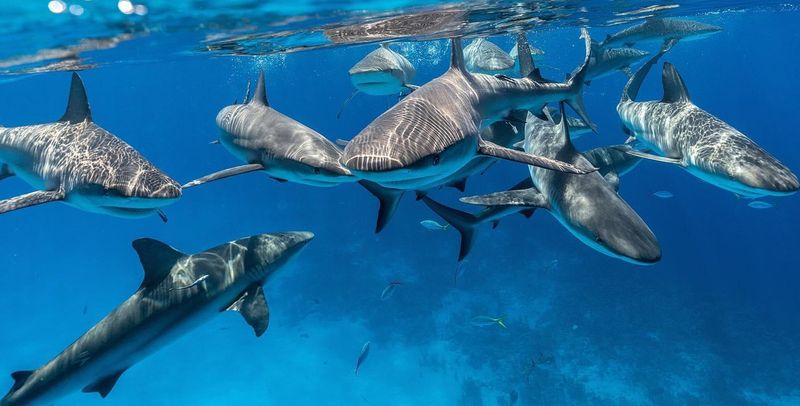
Megalodon—the most terrifying fish ever—stretched up to 60 feet long with teeth bigger than your hand! This prehistoric super-predator could swallow a great white shark whole without flinching.
Ruling oceans for 20 million years, Megalodon vanished about 3.6 million years ago when cooling oceans affected its prey. Today’s largest shark—the whale shark—grows to 40 feet but eats plankton. Most modern sharks measure under 13 feet, having evolved into specialized hunters rather than oversized generalists.
6. Scorpions: From Crocodile-Length To Pocket Terrors
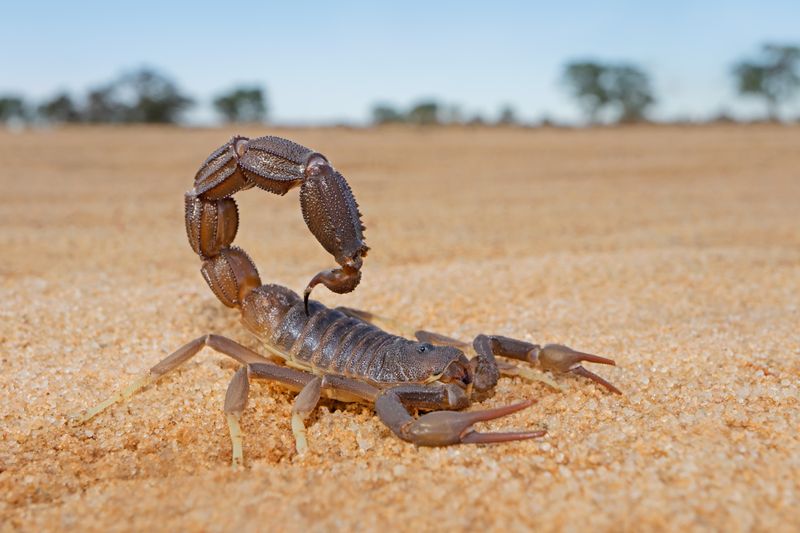
Sea scorpions (eurypterids) once reached over 8 feet long—bigger than any crocodile you’d want to meet! These aquatic monsters dominated ancient oceans 400 million years ago, sporting massive claws and armored bodies.
Their terrifying legacy lives on in much smaller packages today. Modern scorpions rarely exceed 8 inches, having shrunk dramatically after moving to land. Despite their size reduction, they’ve maintained their predatory prowess and distinctive form—proof that intimidation doesn’t always require massive size.
7. Crocodiles: From Bus-Sized To Still Impressively Large
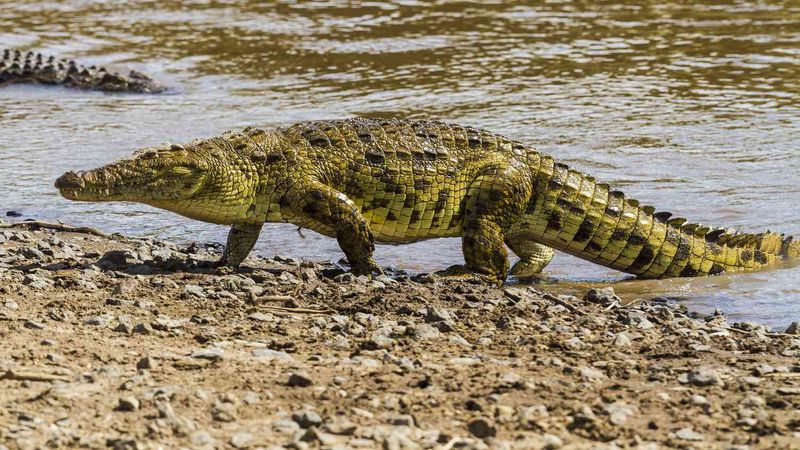
Deinosuchus, the “terrible crocodile,” stretched 40 feet long—nearly the length of a school bus! These Cretaceous monsters weighed up to 10 tons and could take down dinosaurs with bone-crushing bites exceeding 23,000 pounds of force.
Today’s largest saltwater crocodiles reach “only” 20 feet. While modern crocodilians have downsized, they remain impressive apex predators. Their basic design has remained so effective that their body plan has barely changed in 200 million years—just in a somewhat smaller package.
8. Eagles: From Child-Snatchers To Majestic Raptors
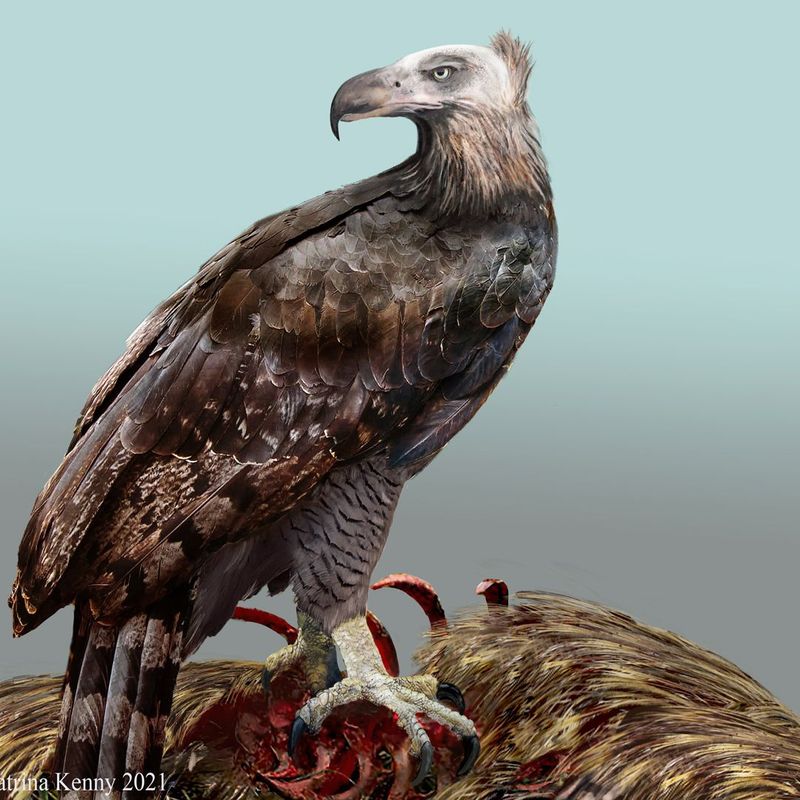
Haast’s eagle, extinct just 600 years ago, was twice the size of today’s largest eagles with 10-foot wingspans! These New Zealand giants evolved to hunt 12-foot-tall moa birds but occasionally attacked human children according to Māori legends.
When humans hunted their primary prey to extinction, these specialized predators vanished too. Modern eagles like the golden and harpy remain impressive but substantially smaller. Their prehistoric cousin’s legacy reminds us how quickly evolution can produce—and eliminate—magnificent giants.
9. Snakes: From Whale-Sized To Slithering Specialists
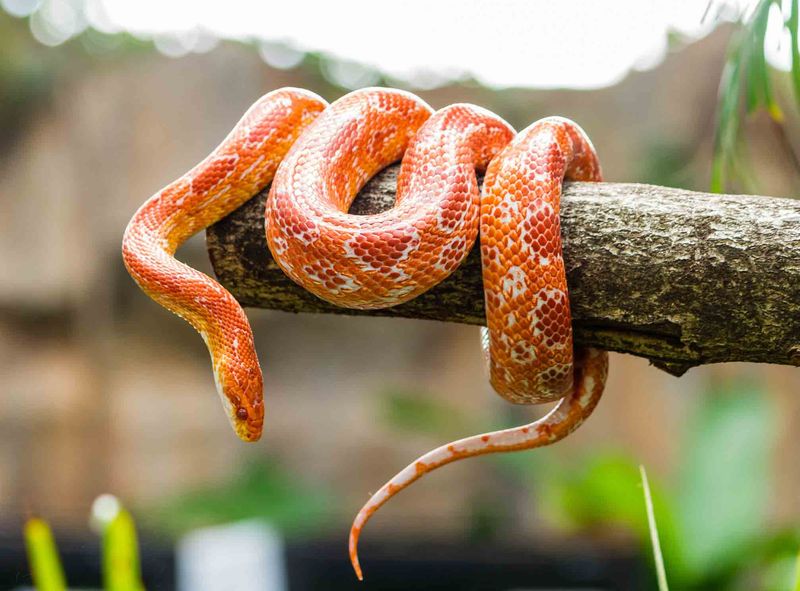
Titanoboa, the most massive snake ever, stretched an incredible 42 feet long and weighed over a ton! This Paleocene monster slithered through Colombian rainforests 60 million years ago, crushing prey with constricting force six times stronger than today’s anacondas.
The titan’s reign ended when ancient rainforests cooled. Modern anacondas—our largest living snakes—reach “only” 30 feet. While impressive, they’re substantially smaller than their prehistoric relative, which could have swallowed a crocodile whole without straining its massive jaws.
10. Armadillos: From Tank-Sized To Garden Diggers
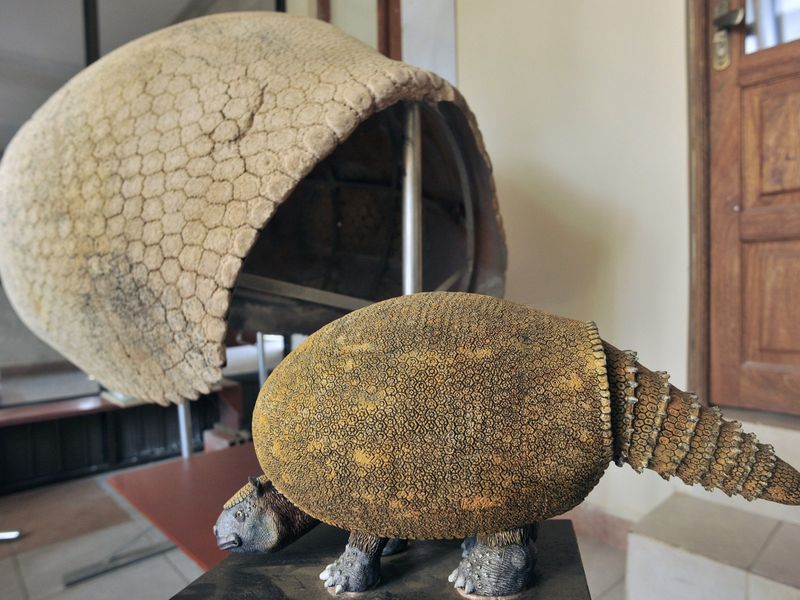
Glyptodonts—ancient armadillo relatives—grew to Volkswagen Beetle size with heavily armored shells weighing a ton! These plant-munching tanks roamed the Americas until just 10,000 years ago, sporting club-like tails for defense against predators.
Their modern descendants rarely exceed 15 pounds. While dramatically downsized, today’s armadillos retain their ancestors’ signature armor and digging skills. Scientists believe humans contributed to glyptodonts’ extinction, both by hunting them for food and competing for resources as climate changed.
11. Fairy Flies: Nature’s Tiniest Insects Forever
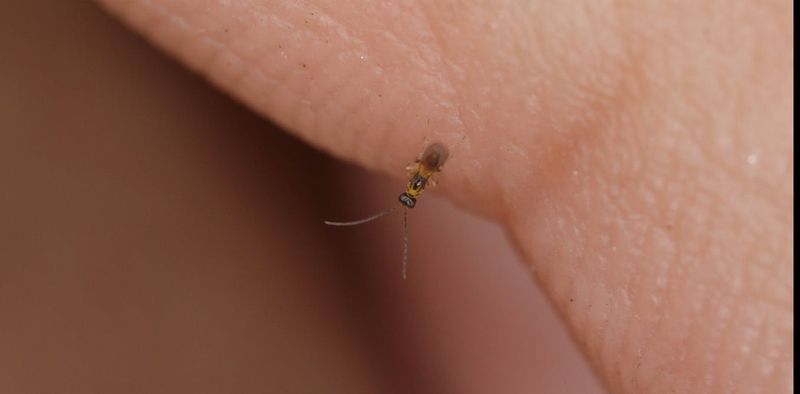
Fairy flies—the world’s smallest insects—have maintained their microscopic size for over 100 million years! These wasp relatives measure a mere 0.005 inches (0.13mm), smaller than some single-celled organisms.
You could line up 50 fairy flies across a single grain of rice! Despite their minuscule size, these incredible parasitoids navigate complex environments to find host eggs. Their specialized lifestyle demonstrates that evolutionary success doesn’t require growth—sometimes staying tiny is the perfect strategy.
12. Etruscan Shrews: Thimble-Sized Mammals With Racing Hearts
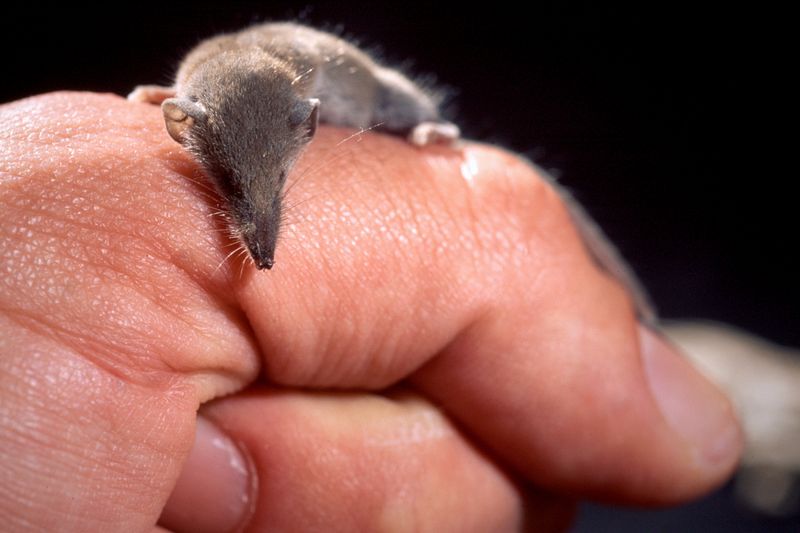
Weighing less than a penny, Etruscan shrews have remained tiny throughout their evolutionary history! These minuscule mammals must eat 2-3 times their body weight daily just to survive, with hearts beating an astonishing 1,500 times per minute.
Their diminutive size—roughly 1.5 inches long—has proven advantageous, allowing them to exploit ecological niches unavailable to larger mammals. Unlike many creatures that grew larger then shrank, shrews demonstrate that sometimes the original blueprint works perfectly without major size modifications.
13. Pygmy Seahorses: Masters Of Coral Camouflage
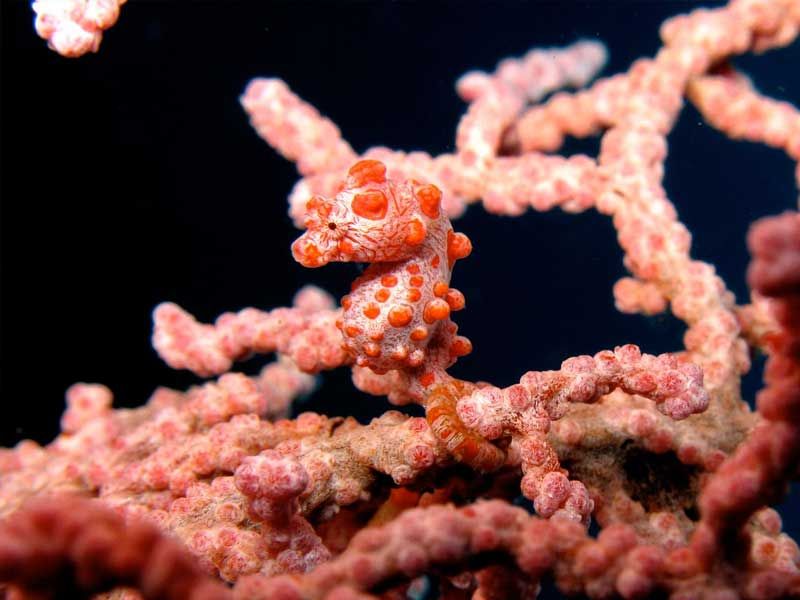
Smaller than your fingernail, pygmy seahorses have maintained their diminutive size for millions of years! These rice-grain-sized marvels (0.6 inches long) evolved their tiny proportions to perfectly blend with specific coral species.
Scientists didn’t even discover them until 1969 because their camouflage is so perfect! Their specialized lifestyle demonstrates evolutionary specialization rather than size fluctuation. Unlike many creatures that grew large then shrank, these seahorses found their perfect size early and maintained it through time.
14. Tardigrades: Microscopic Survivors Since Dinosaur Days
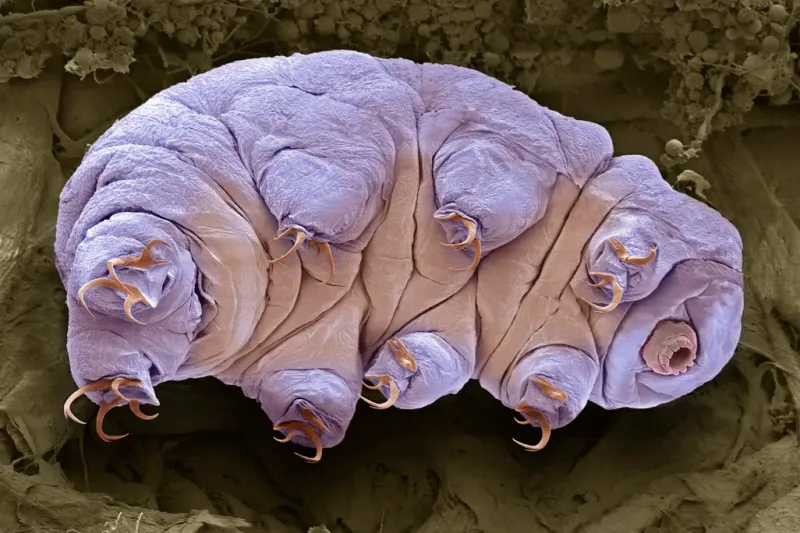
Tardigrades—adorably nicknamed “water bears”—have remained microscopic for over 500 million years! These virtually indestructible creatures measure just 0.02 inches yet can survive extreme conditions that would kill any other animal.
They’ve weathered all five mass extinctions without changing their tiny blueprint. Tardigrades can withstand temperatures from near absolute zero to 300°F, radiation levels thousands of times higher than lethal human doses, and even the vacuum of space! Their consistent size proves that evolutionary success doesn’t require growth.
15. Bee Hummingbirds: Feathered Jewels That Never Grew
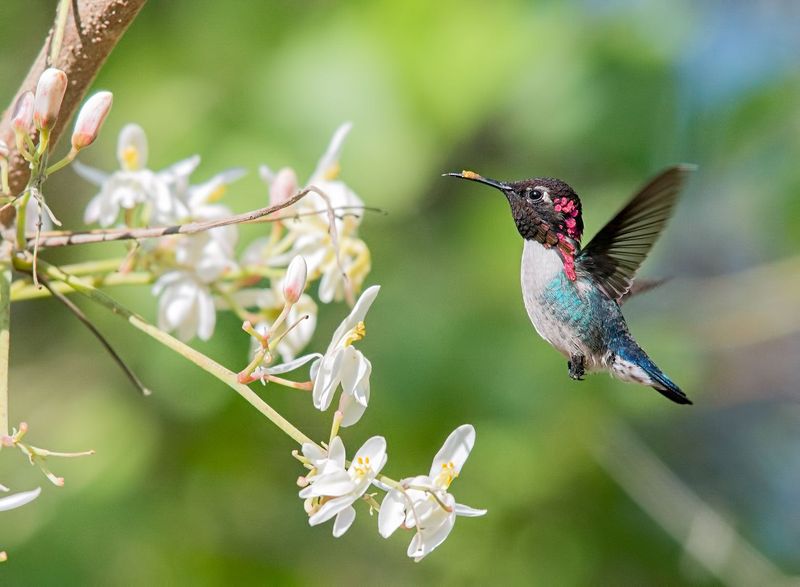
Bee hummingbirds—the world’s smallest birds—have maintained their jewel-like size throughout their evolutionary history! Weighing less than a penny (2 grams) and measuring just 2 inches, these Cuban natives represent nature’s miniaturization masterpiece.
Their hearts beat an astounding 1,200 times per minute while they visit 1,500 flowers daily. Unlike many animals that grew large then shrank, hummingbirds demonstrate specialized evolutionary miniaturization. Their tiny size allows them to exploit nectar sources unavailable to larger birds, proving bigger isn’t always better.

